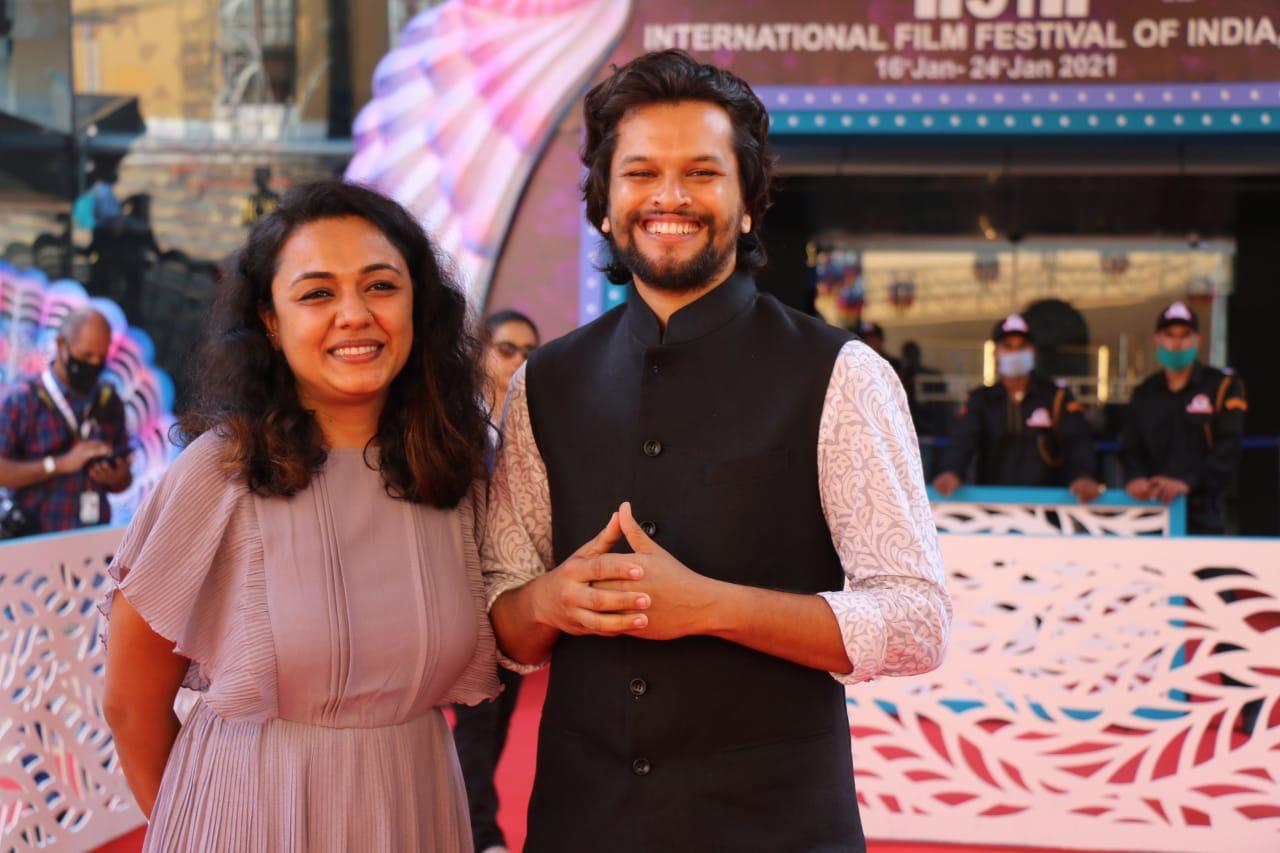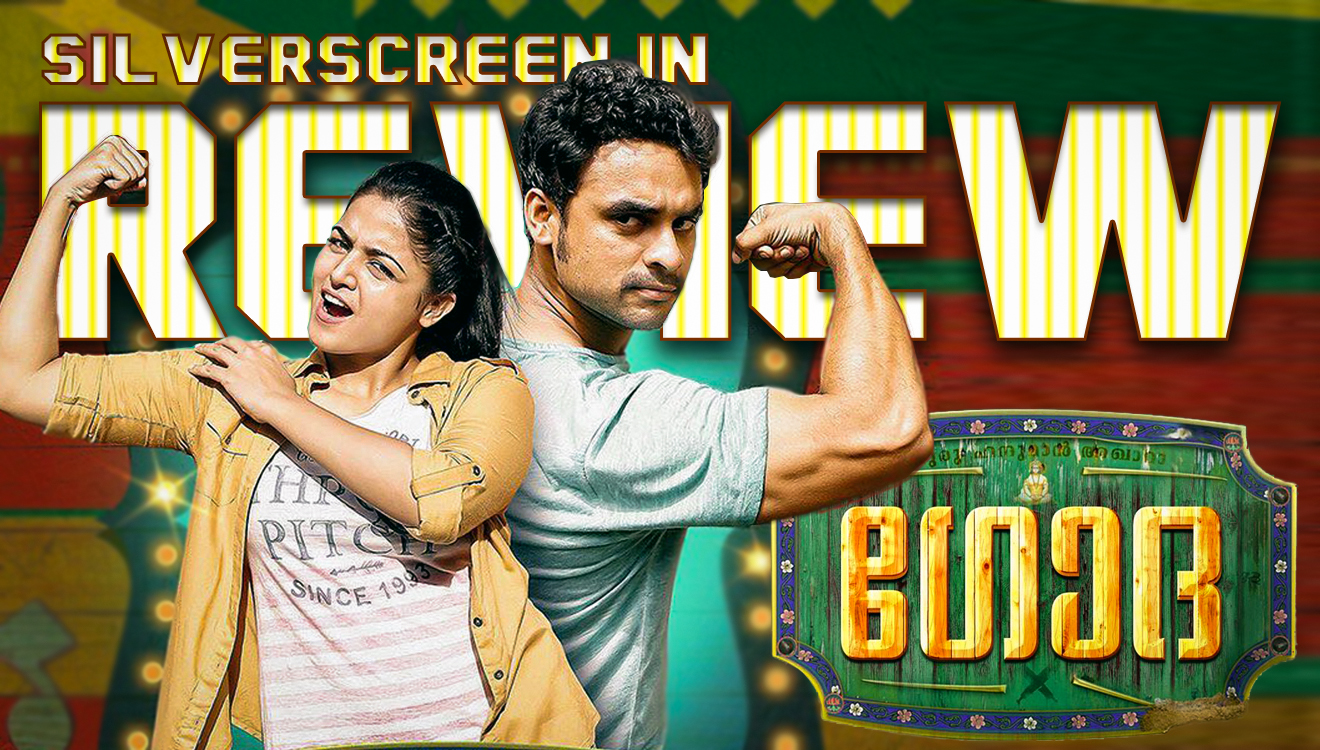Director: Krish Jagarlamudi
Cast: Kangana Ranaut, Ankita Lokhande, Danny Denzongpa, Atul Kulkarni
Composer: Shankar-Ehsaan-Loy
Anachronism is the word of the day, propaganda and nationalism the words of the month, at least as far as Hindi cinema is concerned. So far, we’ve had Uri and The Accidental Prime Minister, one extolling the surgical precision of the army and the nation’s leaders for the last five years, and the latter marking the beginning of those leaders’ campaign for five more years, straight from the BJP’s Twitter handle. But today it is anachronism because of what Kangana Ranaut’s and Radha Krishna Jagarlamudi’s (Krish) Manikarnika: The Queen of Jhansi seems to suggest – that there was an idea of India or even Akhand Bharat as far back as 1828, when we first get a glimpse of Manikarnika (Kangana Ranaut), later Rani Laxmibai of Jhansi.
This is especially stark because of the other film that is releasing today, Thackeray, from the stables of Bal Thackeray’s party and the ideology he helped spawn. The Marathi trailer sparked controversy earlier this month for its unhinged hate speech, the kind of language used against South Indians. Here is Laxmibai and people of Jhansi talking about the idea of Bharat in 1840s (did they, really? Or were they just trying to hold on to what they had? There is no whiff of a southern India anywhere in the film.) and here is Bal Thackeray in the 20th century talking about the state belonging only to the Marathas. Manikarnika, in case you forgot your middle school history, was born into a Maratha Brahmin family. The irony, like the people of this country, seems slightly lost amid all the propaganda.
The Brahmin roots of Manikarnika is stressed in the initial portions, that she might be a Brahmin but fights like a Kshatriya. She has a heart of gold too, for in her introductory shot, she seemingly baits and kills a tiger. But no, she didn’t. She just incapacitated it with a tranquilizer. The shot is sufficiently stylish, for a benevolent action queen to flourish, the way tens of action heroes have before. It’s a sight when Kangana Ranaut rides away with her tresses and parts of clothing flowing in the wind, or with the same gusto, walk out of her chambers in the Jhansi fort. Krish and Ranaut manage to lend some heft to these scenes and the filmmaking does take a different, welcome turn when the battles get bloodier and the sword fights free flowing and imaginative, even if in some portions the green screen is conspicuous. But the aforementioned calls for one nation spoils the party almost throughout, with Shankar Mahadevan beginning a song titled ‘Bharat’ that goes “desh se hai pyaar to har pal yeh kehna chahiye. (if you love the country, you should proclaim this always)” There is a British soldier telling the would-be-traitor Sadashiv (Mohammed Zeeshan Ayyub) that if not for Sadashiv’s help, the nationalists (the word is used) would drive the Company away.
One might ask what could be propaganda in the retelling of a fight for freedom, of a brave queen holding her own against the East India Company and the Raj. That’s a fair question. But the symbolism in Manikarnika is hard to miss.
When Manikarnika is new in Jhansi and is now the Queen Laxmibai, she visits the office of East India Company soldiers. On what purpose? To free the calves and cows that the soldiers have forcefully taken for meat. There is even a scene of the soldiers cheering about the tender meat that is being prepared for them. Interestingly, the stolen calf belongs to Jhalkaribai (Ankita Lokhande), a prominent member of the woman’s wing of Laxmibai’s army. In the film, they meet for the first time when Laxmibai is returning the calf she saved. The real Jhalkaribai belonged to Kori caste and true to form, we have a scene that once again sings Laxmibai’s praise because she chose to visit the lower caste dwellings of Jhalkaribai and receive a glass of milk from her hand. Immediately following this, to celebrate, the film’s Jhalkaribai sheds half her clothes and begins an item number. Mainstream Hindi cinema never missing an opportunity to sexualize all bodies, unless it’s that of an upper class, upper caste man.
There is more. Some Pathans from Delhi come to the aid of Laxmibai and join her army. In a hilariously blocked scene, they join in in the chorus of Har Har Mahadev and come waving saffron flags during the final battle. A Muslim traitor receives a thumping punishment for his crimes in the battlefield while the Hindu traitor is all but forgotten. The film doesn’t claim historical authenticity, but it is egregious when the Maharaja of Gwalior, of Scindia family, after handing over the reins to Laxmibai, runs away to London when no such thing happened!
***
Recommended
Manikarnika: The Queen of Jhansi might not be as blatant a propaganda as some of the other films this month. It may not even be propaganda. But a few choices made here can tell you where the ideas stem from and how a seminal moment in Indian history is viewed now. Rani Laxmibai here repeats familiar sounding words – that she is here to serve and not to rule like the British – and she even utters some of them directly facing the camera. A character says that history will be written by those who manage to stay alive. The lesson here though is way older than the idea of India – history will be revised and/or reviewed by those that manage to stay in power.
*****
The Manikarnika: The Queen Of Jhansi review is a Silverscreen original article. It was not paid for or commissioned by anyone associated with the film. Silverscreen.in and its writers do not have any commercial relationship with movies that are reviewed on the site



